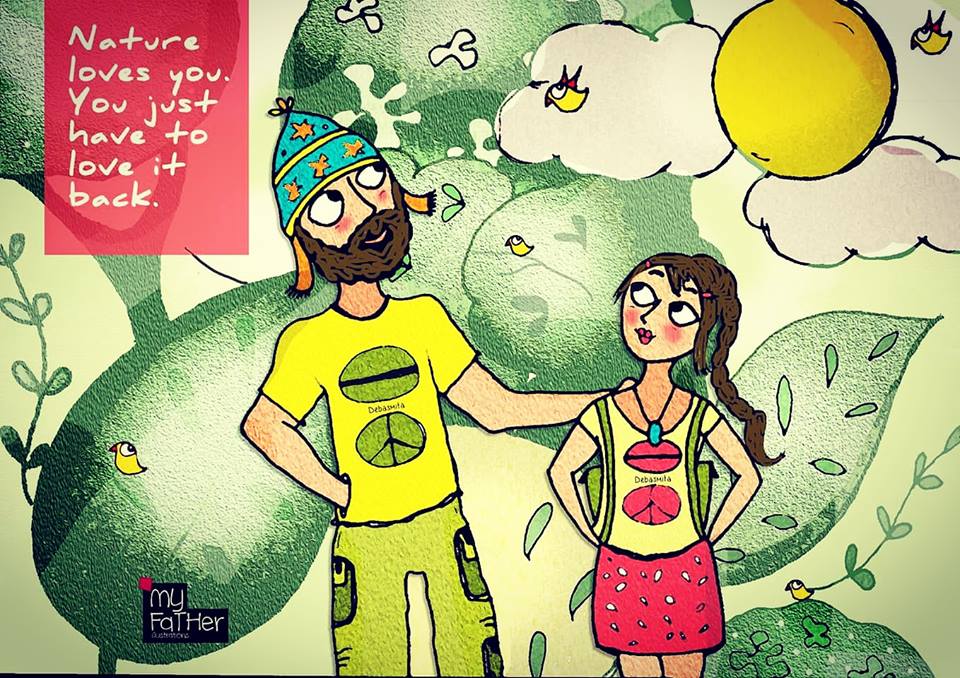For centuries, people have used art as a potent tool to express their emotions, question social conventions, and start discussions. As artists increasingly use their creative platforms to confront urgent social concerns and promote positive change, the art world has recently seen a surprising uptick in activism and social change. In this article, we examine the significant effects of art on social change and examine how artists are igniting activism, fostering social change, and motivating communities to take action.

Art as a Catalyst for Social Change
The power of art to spark debate and sway public opinion is unmatched. Artists use their innovative abilities and distinctive viewpoints to illuminate social challenges, upending the status quo and fostering critical thought. Through provocative visual representations, installations, and performances, art spurs social change by uniting people and groups behind a similar goal.

Raising Awareness and Promoting Dialogue
Art for a cause is an effective means of bringing attention to important social concerns. Works by artists address issues including racial justice, gender equality, environmental sustainability, and many other issues. Art creates discussions that challenge perceptions, arouse empathy, and invite people to consider their positions within the larger social fabric by arousing viewers’ emotions and keeping them interested.

Amplifying Marginalized Voices
Marginalized groups and underrepresented voices have a platform to be heard thanks to art. People of color, LGBTQ+ people, indigenous groups, and other artists from a variety of backgrounds use their artistic expression to reclaim narratives, question stereotypes, and demolish systematic inequities. These artists promote social justice, equal rights, and the understanding of the innate worth of every person through their works of art.

Visual Storytelling and Empathy
The ability of art to cross divides and promote empathy and understanding amongst various populations. Through visual storytelling through art, viewers can cross cultural, socioeconomic, and geographic borders to emotionally relate to the experiences of others. Art inspires people to take action and help bring about positive social change by invoking empathy.

Art as Protest and Resistance
Since the beginning of time, artists have been at the forefront of social and political movements, utilizing their artistry to voice discontent and overthrow oppressive structures. Graffiti, street art, and other artistic forms of expression are potent vehicles for protest and resistance. To magnify voices, demand justice, and spark movements aimed at changing society, artists use their skills.

Collaborative Art and Community Engagement
Collaboration and community involvement are frequent components of art for a cause. To develop inclusive and participatory initiatives, artists collaborate with local communities, organizations, and activists. These collaborative art efforts enable people to participate in the creative process and affect change in their local communities through workshops, murals, and public installations.
Art Activism and Policy Advocacy
Using their clout to promote legislative and structural change, artists participate in policy advocacy. Artists advocate for human rights, bring attention to ineffective policies, and persuade lawmakers to tackle societal problems through their creative work. They use their art as a potent tool to change public conversation, sway public opinion, and promote legislative changes.
Art for a cause can uplift, bring people together, and spark change. A more just, open, and compassionate society benefits from the activism and social change that artists promote through their artistic platforms. Art becomes a potent force that motivates group action and encourages people to work towards a better society through increasing awareness, amplifying marginalized voices, creating empathy, and lobbying for legislative reforms. We may harness creativity’s transformative power and actively participate in social change by embracing art for a purpose.




